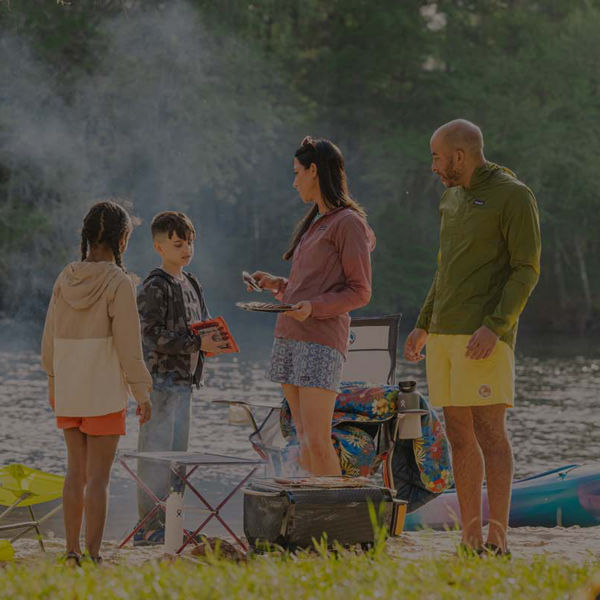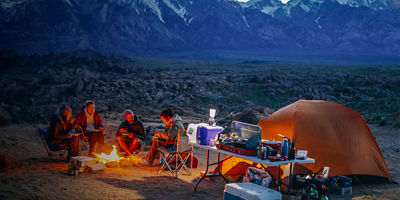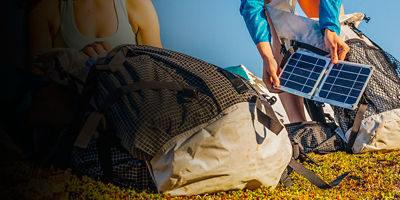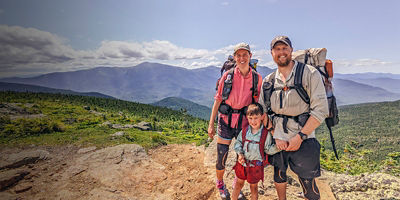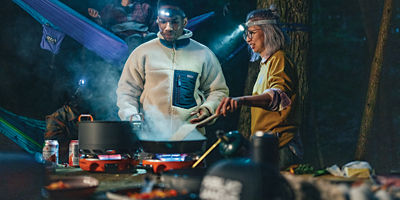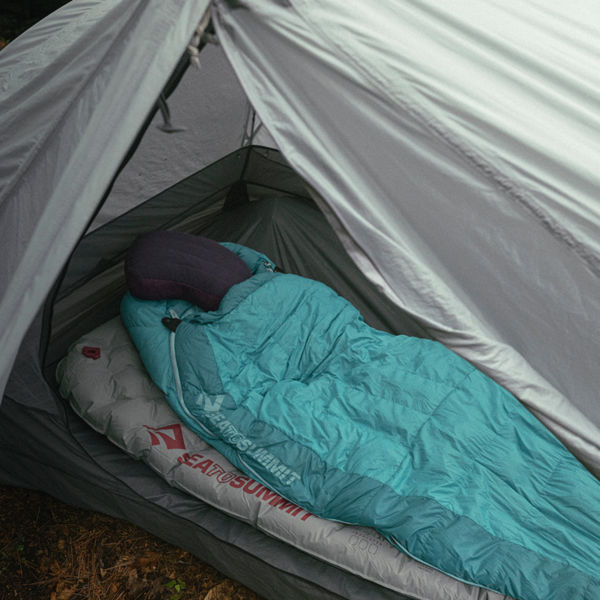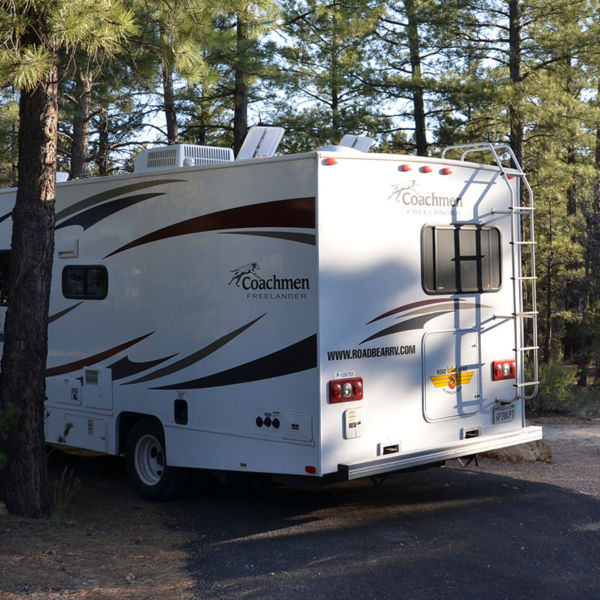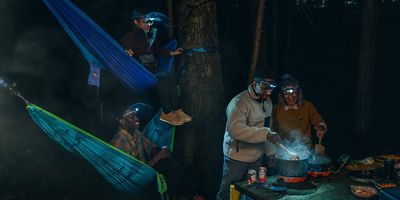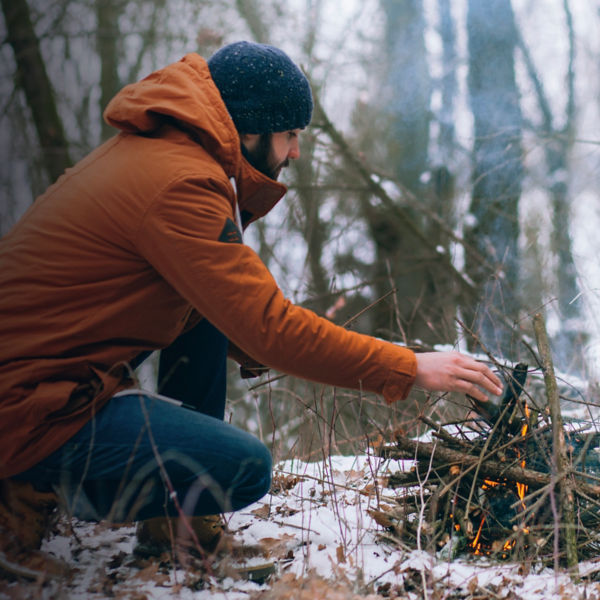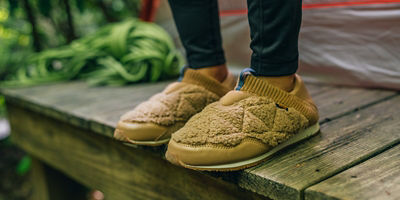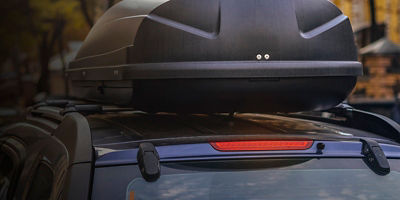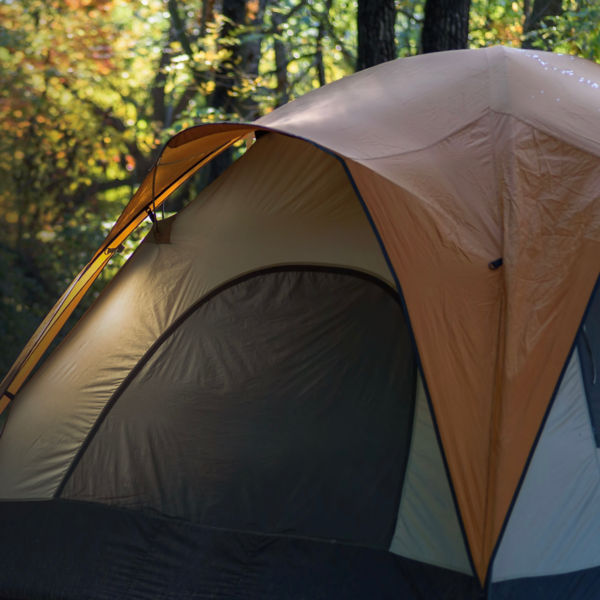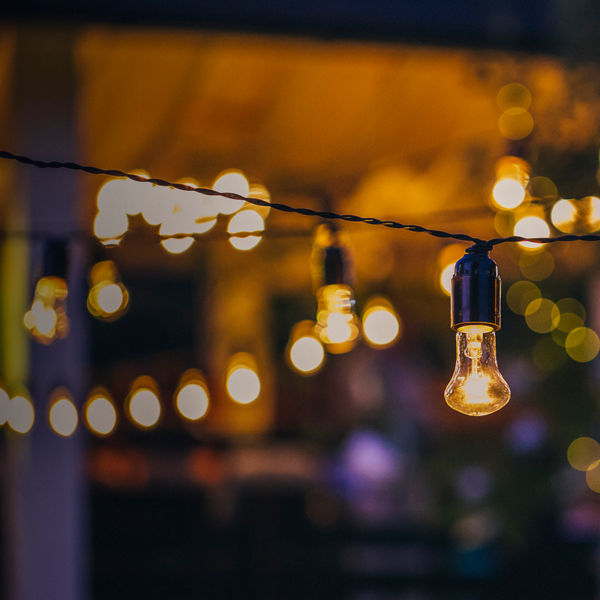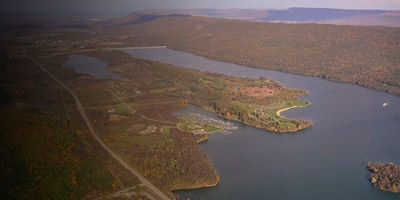
Everything tastes better outdoors. And that’s especially true when you have a cooler and a complete cook system, and a campfire that lets you make special campground fare. Whether your car camping or boating, use this guide to strategize the menu when you really can take everything but the kitchen sink.
Stoves
The right stove for you will depend on your group size, cooking ambitions, and budget. Here are the main options and some niche products for camp chefs who want to step it up.
Propane stoves
Suitcase-style propane stoves are the most popular models for car camping because they fold up fast for packing, they’re easy to set up (on a table or on the ground), and can accommodate a variety of pots and pans (big and small). They usually have two burners but some have more. They run on propane; for extended trips look for a model that has an adapter for large tanks. Heat output is measured in BTUs (British Thermal Units); something in the 10,000 to 15,000 range is generally good for car camping.
- Pros: Easy setup; good for groups; good for complex meals; wind screens improve fuel efficiency; durable
- Cons: Can be heavy and bulky (single-burner models exist if you want something more compact); can be tough to clean
Biofuel stoves
This design uses natural materials (think twigs and pinecones). Tip: Start with smaller pieces of organic matter and slowly ramp up from there, but don’t overcrowd the burn chamber (which will cut off oxygen and thus reduce the power of the flames).
- Pros: No need to buy or carry fuel
- Cons: If natural materials aren’t available, you’ll need to pack wood pellets; must check local regulations to make sure gathering wood and other natural resources is allowed; may be prohibited when fires are banned; hard to adjust heat output
Grills
Like grilling? You’ll love having your own portable grill for campsites that don’t have BBQs or grates. These come in many styles, from inexpensive grills you just set atop your campfire to all-in-one units that integrate both fire and grilling grate (these have the added benefit of allowing low-impact fires where no fire pits exist). Some models use compressed gas, which can help keep grill temperatures more precise and speed up the cooking process, since you don’t have to wait for coals to be ready.
- Pros: Can be cheap (portable grates); easy to set up; delivers the smokey essence of classic camp food
- Cons: Can be pricey (self-contained systems); takes more time to cook (getting fire started, waiting for coals)
Pizza ovens
Want to impress friends and family? Camp-ready pizza ovens have arrived. Some can be set up on a picnic table while others sit directly on the ground. They’re fueled by everything from propane to wood to coal to wood pellets. Don’t forget your “pizza peel,” the paddle (typically wood) used to insert and retrieve pies.
- Pros: Restaurant-quality pizza (enough said)
- Cons: Bulky; a niche item; can be pricey









